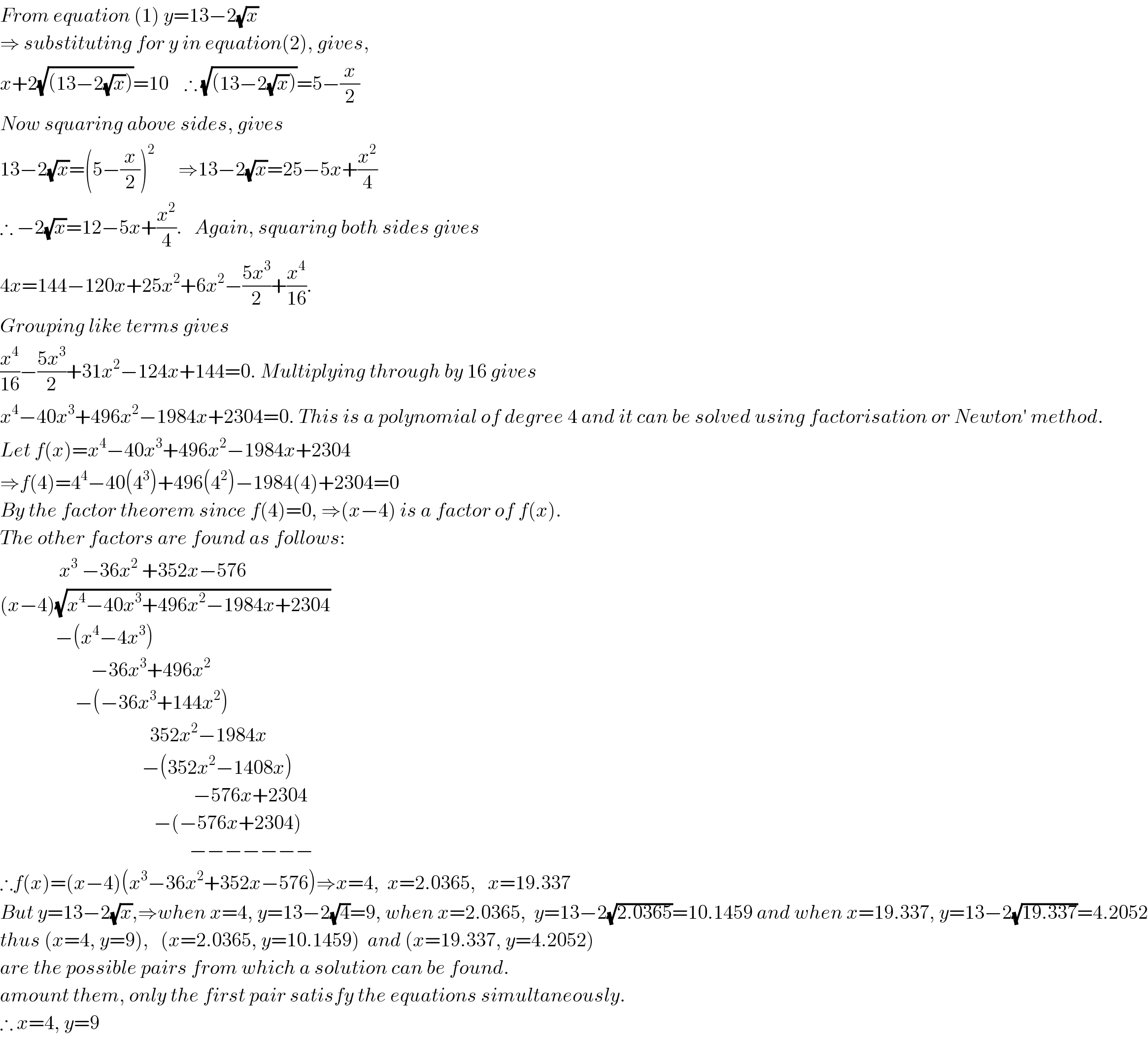
Question and Answers Forum
Question Number 27559 by Rasheed.Sindhi last updated on 09/Jan/18

Commented by Rasheed.Sindhi last updated on 09/Jan/18

Answered by Amstrongmazoka last updated on 09/Jan/18

Commented by Rasheed.Sindhi last updated on 09/Jan/18

Commented by Rasheed.Sindhi last updated on 09/Jan/18

Answered by Rasheed.Sindhi last updated on 10/Jan/18

